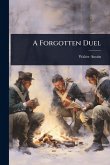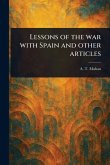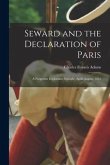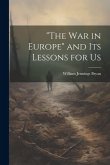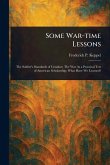The United States Navy is currently divesting itself of a significant portion of its airborne anti-submarine warfare (ASW) capability on its aircraft carriers. The decision to retire the S-3B Viking creates a critical vulnerability that is exploitable by China, North Korea and Iran as they aggressively invest in their respective submarine capabilities. World War I offers a unique opportunity to compare the effectiveness of waging war against submarines both with, and without the integration of air power. During the first two and a half years of the conflict, ASW was waged by the British Royal Navy (RN) without the use of aircraft. Significant improvement in ASW followed the introduction of air power during the final 18 months. The World War I parallel applies to the modern era, except in reverse order. The United States Navy combined the most modern technologies, tactics, techniques and procedures for ASW warfare in one carrier-based asset, the S-3B. The Vikings were in effect, the personification of every ASW lesson learned by the British in the Great War. For three decades, the Vikings proved themselves to be highly effective Cold Warriors against Soviet submarines. With the fall of the Soviet Union, they were quickly slated for retirement. The first of ten operational squadrons decommissioned in April, 2004. This work has been selected by scholars as being culturally important, and is part of the knowledge base of civilization as we know it. This work was reproduced from the original artifact, and remains as true to the original work as possible. Therefore, you will see the original copyright references, library stamps (as most of these works have been housed in our most important libraries around the world), and other notations in the work. This work is in the public domain in the United States of America, and possibly other nations. Within the United States, you may freely copy and distribute this work, as no entity (individual or corporate) has a copyright on the body of the work. As a reproduction of a historical artifact, this work may contain missing or blurred pages, poor pictures, errant marks, etc. Scholars believe, and we concur, that this work is important enough to be preserved, reproduced, and made generally available to the public. We appreciate your support of the preservation process, and thank you for being an important part of keeping this knowledge alive and relevant.
Bitte wählen Sie Ihr Anliegen aus.
Rechnungen
Retourenschein anfordern
Bestellstatus
Storno




